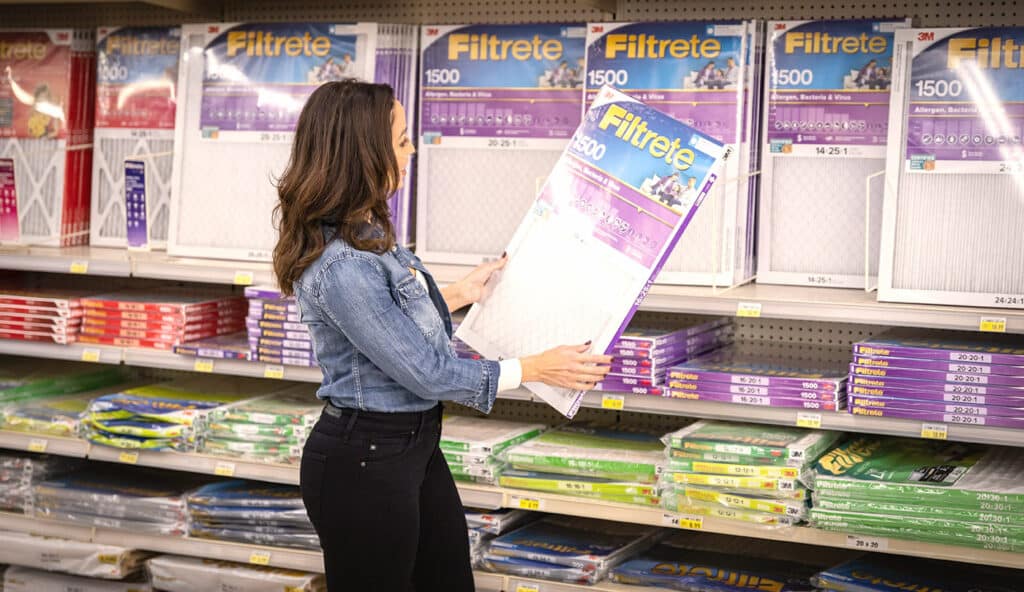4 Ways To Keep the Air Cleaner In Your Home During Winter
Winter means our doors and windows are kept closed for the season in many parts of the country. That means less air is flowing through, which traps dust, virus particles, bacteria, pollutants and pet dander. Here are 4 ways to help improve the air quality of your home this winter:
1) Deep cleaning regularly
Since dust is a common allergen, clean using a vacuum, duster or a microfiber towel regularly. Wipe down the areas inside your vents, tops of cabinets, fan blades and base boards since dust commonly collects in these areas. Change out your bedding frequently and vacuum furniture upholstery since dust mites and pet hair can quickly build up.
In the kitchen, run your exhaust fan whenever you are cooking. High heat and oil on the stovetop can pollute your air. In your oven, burnt food particles can release pollutants when you are baking another dish or when you use the self-cleaning feature. Using a paste made from baking soda and water works well. Regularly clean your kitchen vent. Oil residue from cooking can build up.
2) Declutter
More stuff sitting on surfaces means more places for dust to collect, plus it makes it harder to do a thorough job of deep cleaning.
3) Seal your windows
While this is key step for energy-efficiency, drafty windows and doors can let in pollutants, like vehicle exhaust and smog particles. Sealing drafts also reduces humidity in your home. Too much humidity can cause issues with mold, which can be harmful to your family’s health.
4) Replace your HVAC filters regularly
Look at the MERV (Maximum Efficiency Reporting Values) rating on the filter. The higher the MERV rating, the higher capability it has to capture small particles. For your home, use a filter with a MERV rating of at least 8-10. MERVs rated 14 and higher are most suitable for commercial buildings; it can actually restrict airflow and can put stress on your residential HVAC system.
Add a reminder to your calendar or download handy apps, like Filtrete’s Smart app, which sends notifications to your phone, so you filter is changed out at the appropriate time. Depending on the size of your filter, it can range from every 1 to 3 months for a 1 to 2 inch filter, to every 9 to 12 months for a 5 to 6 inch filter. On average, it’s about every 3 months.

